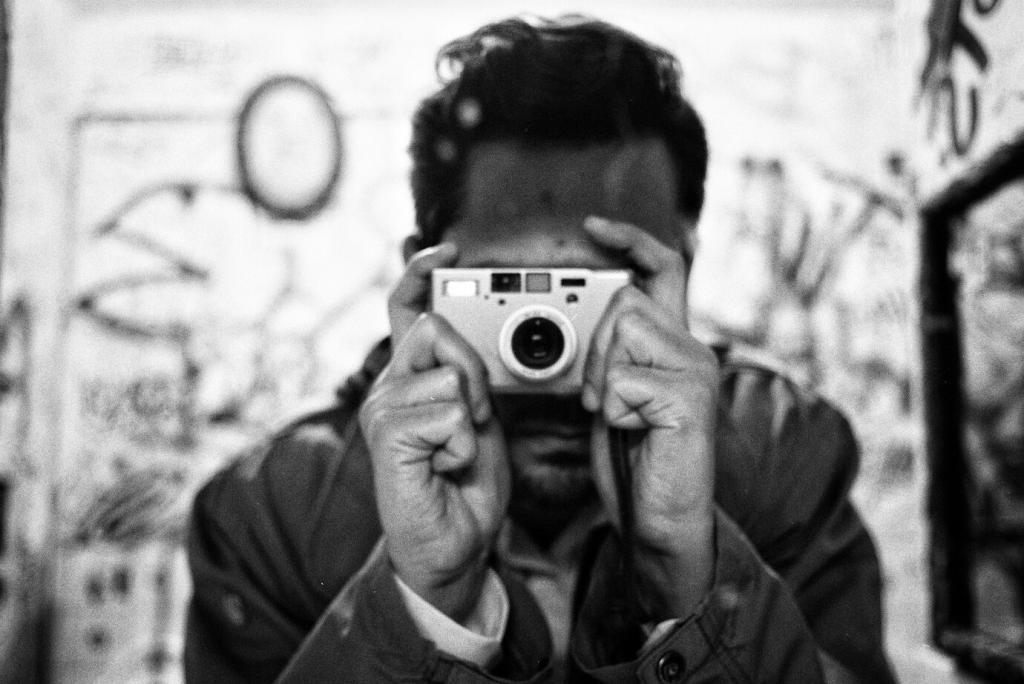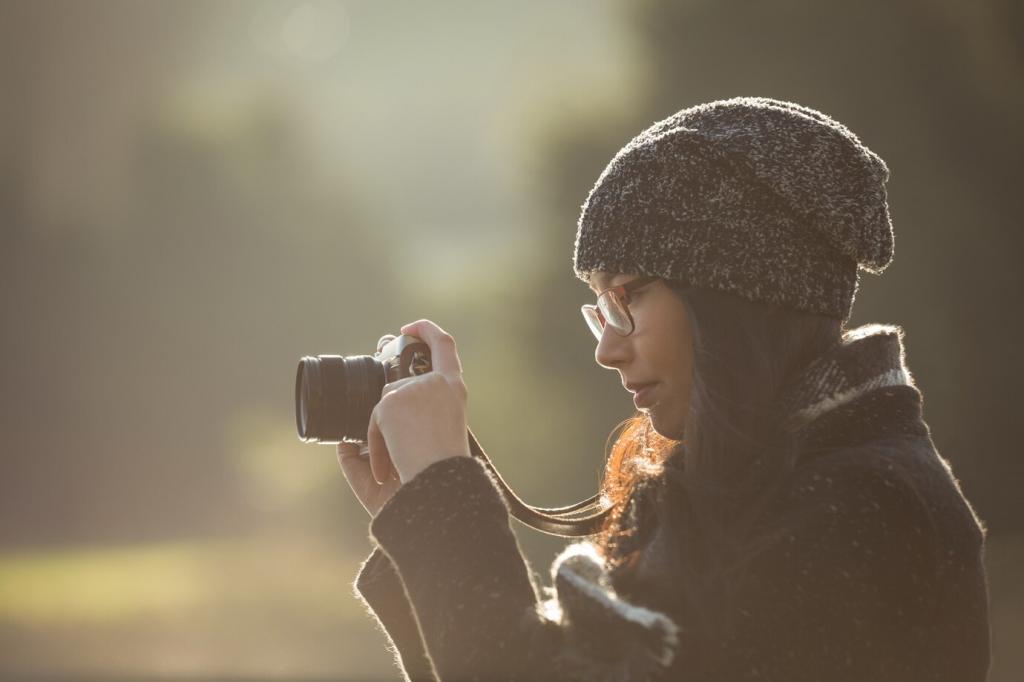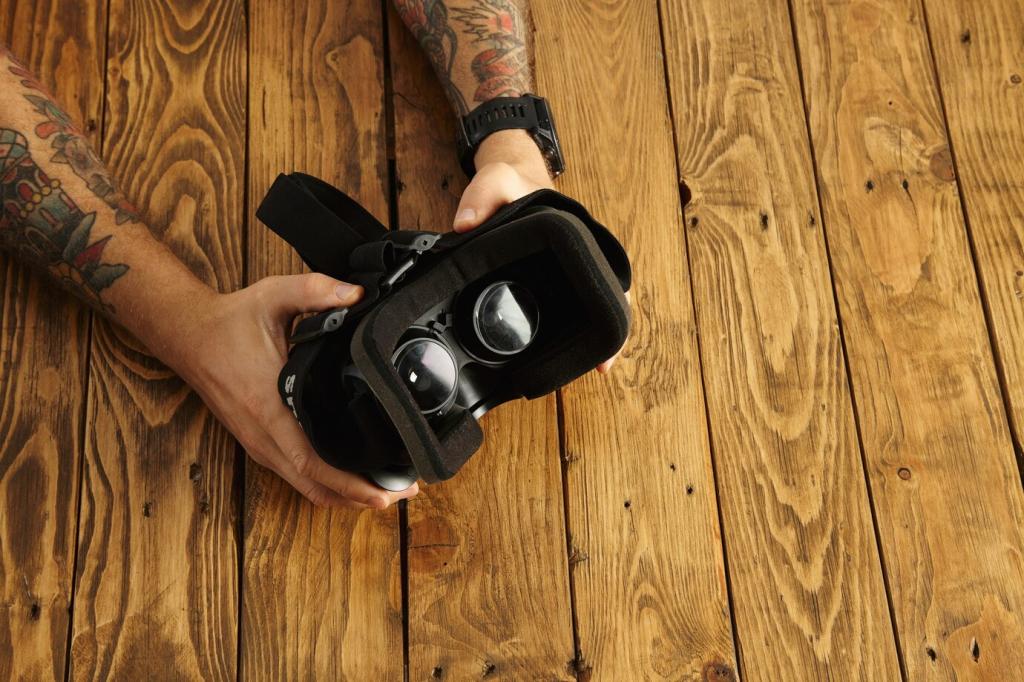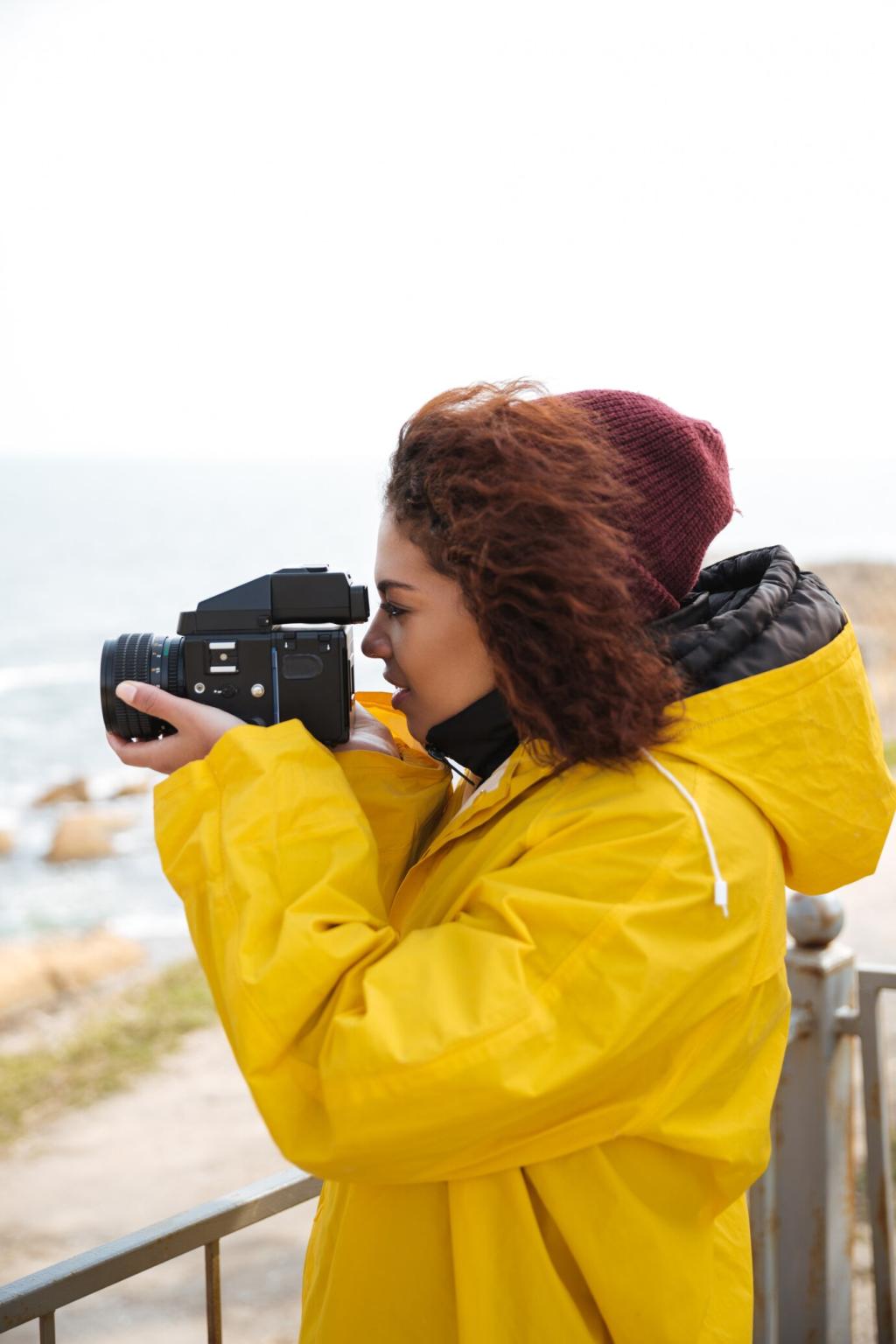Find Your Perfect Astrophotography Camera
Chosen theme: Choosing the Best Camera for Astrophotography. Step into the night with confidence as we decode sensors, noise, cooling, and field features that genuinely matter when chasing the Milky Way, nebulae, and distant star clusters. Subscribe and share your questions so we can shape future guides around your skyward ambitions.
Sensor Size, Pixels, and the Night Sky
Full Frame versus APS C After Dark
Full frame sensors gather more light per pixel at the same resolution, often delivering cleaner stars and broader views. APS C, however, offers reach and lighter setups. Tell us which format tempts you and why.
Pixel Size, Resolution, and Star Sampling
Larger pixels can reduce noise and improve sensitivity, while higher resolution reveals structure if your optics and tracking support it. Balance sharpness and practicality, then comment with your pixel size sweet spot.
Back Illuminated Sensors and Quantum Efficiency
Back illuminated designs boost photon capture efficiency, preserving color in faint nebulosity and dust lanes. When comparing models, look for high efficiency figures and real star field tests. Share any sensor you admire.
Read Noise and the Power of Stacking
Lower read noise helps produce cleaner subs, but stacking dozens of exposures multiplies the advantage. Seek bodies with strong noise control and stable dark frames, then post your stacking strategy for feedback.
Native ISO Sweet Spots for the Stars
Each camera has an ISO range where dynamic range and noise balance best. Test at night, not indoors, and examine shadow gradients. Share your findings so others can compare across brands and models.
RAW Bit Depth and Preserving Color
Higher bit depth RAW files better preserve subtle star colors and nebula transitions. Verify true bit depth and compression type. Drop a comment if you have before and after examples from different cameras.


Uncooled Mirrorless and DSLR Workhorses
Modern mirrorless cameras deliver excellent Milky Way frames, travel lightly, and double for daytime. Watch long exposure heat buildup in summer. Tell us which model handled your longest exposures without banding.

Cooled Astro CMOS for Deep Space Detail
Cooled astro cameras lock sensor temperature for repeatable calibration and lower noise, revealing faint galaxies. They require external power and control. Would you trade convenience for deeper signal and smoother backgrounds.
Mounts, Lenses, and Matching Pixel Scale
Wide Angle Milky Way Rigs That Travel
Pair a low noise camera with a fast wide lens on a compact star tracker. Keep weight manageable for accurate tracking. Tell us your favorite focal length for sweeping core shots and air glow.
Telephoto and Small Refractors for Nebulae
A sensitive sensor plus a 200 to 400 millimeter lens or small refractor captures bright nebulae with pleasing scale. Post your best target list for that range and why those frames moved you.
Pixel Scale Calculators and Sampling Theory
Match pixel size to focal length so stars are neither bloated nor undersampled. Use online calculators before buying. Share your numbers, guiding performance, and what changed after dialing in sampling.

High quality magnified live view and reliable peaking lock focus on dim stars faster. Some models display cleaner previews at high gain. Comment with any camera that nails focus even in rural darkness.

Built in intervalometers simplify time lapses and stacks. Custom bulb timers reduce fiddling with remotes. Which brand offers the most intuitive long exposure controls for gloved hands and sleepy midnight brains.

Silent or electronic first curtain shutters limit vibration that can smudge bright stars. Combine with mirror lockup if available. Share your sharpness improvements after switching shutter modes on the same target.

Battery Endurance in the Cold Night Air
Large batteries, external power banks, and eco modes extend sessions dramatically. Test at real temperatures before a trip. Tell us how you route cables and power to avoid snags and unexpected shutdowns.

Dew Control, Weather Sealing, and Care
Weather sealing helps, but dew heaters and shields are essential. Keep silica gel in bags and dry gear indoors. Share your best moisture avoidance habits learned the hard way under humid skies.

Storage, Backups, and Tethered Workflows
Use fast, high capacity cards and a backup routine before dawn. Tethering gives live histograms and framing. Which software do you rely on for monitoring subs and culling duds in the field.

A Practical Decision Framework and Real Stories
After weeks of reading, I chose a low noise mirrorless, a fast 24 millimeter lens, and a tiny tracker. The first clear night delivered crisp air glow and pinprick stars. Share your first victory.
A Practical Decision Framework and Real Stories
Score candidates on noise, focusing aids, power, and your lens plan. Simulate pixel scale for targets you love. Post your shortlist and we will help pressure test it before you click buy.
